Creating a Matcha Moment at Home
Taking a moment away from your busy daily life to quietly enjoy a cup of matcha can be a special experience. Creating such a “matcha moment” at home not only connects you with traditional Japanese culture but also provides mental healing. Even without a formal tea room, you can create a special moment with a few thoughtful touches. According to domestic research, the number of people enjoying matcha at home has increased by about 30% since the COVID-19 pandemic, and “home matcha time” is becoming established as a new lifestyle.
Creating a Japanese-Style Space That Reflects the Seasons
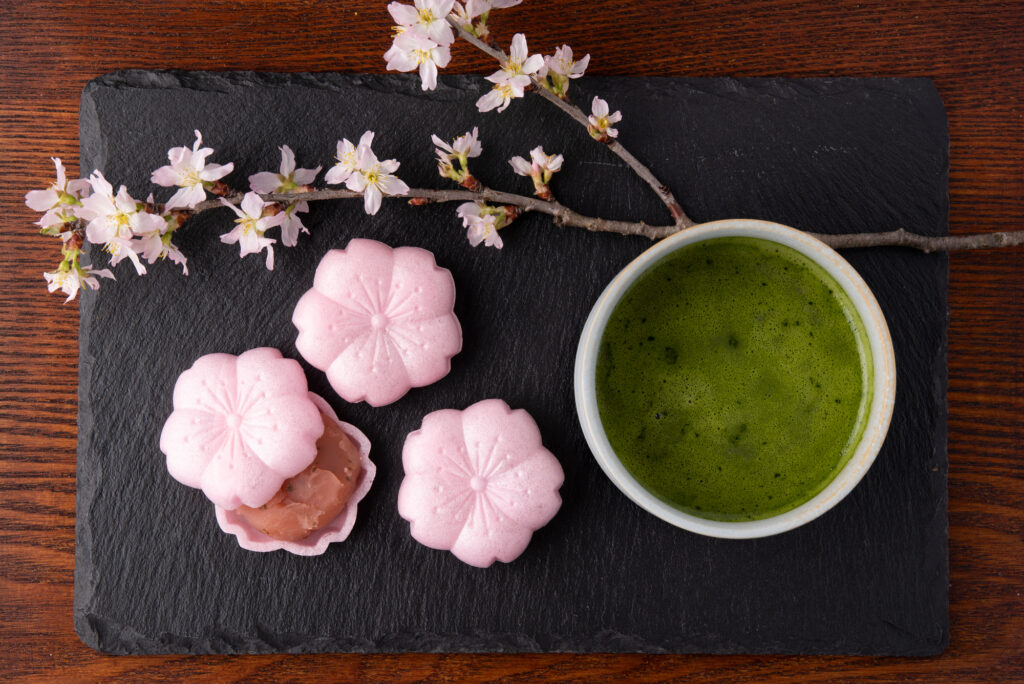
The most important aspect of creating a matcha experience is “creating the right space.” In the tea ceremony, following the spirit of “ichigo ichie” (one-time, one-meeting), seasonal elements are valued. Even designating a small Japanese corner in your living room can dramatically change the atmosphere.
- Add a single flower: Arrange a seasonal flower in a small vase for a simple decoration
- Refine the fragrance: Using subtle Japanese scents (like sandalwood) can enhance concentration
- Adjust the lighting: Create soft lighting with indirect illumination or lantern-style lights
“You don’t need to make all furniture and furnishings Japanese-style. Even just the top of one table is enough,” says modern tea master Chie Yamamoto. Even without tatami mats, simply arranging tea utensils on a table and placing a small furoshiki cloth or tea bowl mat can transform the space into a special “matcha space.”
Hospitality Techniques to Engage All Five Senses
To make matcha time at home special, attention to the five senses is essential. Especially when “hosting,” thoughtful details that put guests at ease are key.
- Visual: Choose tea bowls and Japanese sweets that match the season (cherry blossom patterns in spring, autumn leaves in fall)
- Auditory: Play quiet Japanese music, or turn off electronics to listen to natural sounds
- Tactile: Be mindful of how you hold the tea bowl to feel its warmth
- Smell: Take time to enjoy the aroma of matcha
- Taste: Pay attention to water quality (soft water enhances matcha’s umami)
“Creating a boundary between daily life and special moments is the secret to deepening your enjoyment of matcha,” says Tea Master Suzuki, who has 40 years of tea ceremony experience. Put away your smartphone, don’t look at the clock. Your special matcha time begins with such small rituals.
Basic Utensils and Selection Tips for Enjoying Authentic Matcha at Home
Tea Utensil Basics — Balancing Functionality and Beauty
To enjoy authentic matcha time at home, selecting appropriate utensils is essential. Tea utensils are not merely practical items but important elements that enrich the “matcha moment” itself. Here are the basic utensils that even beginners can easily acquire.
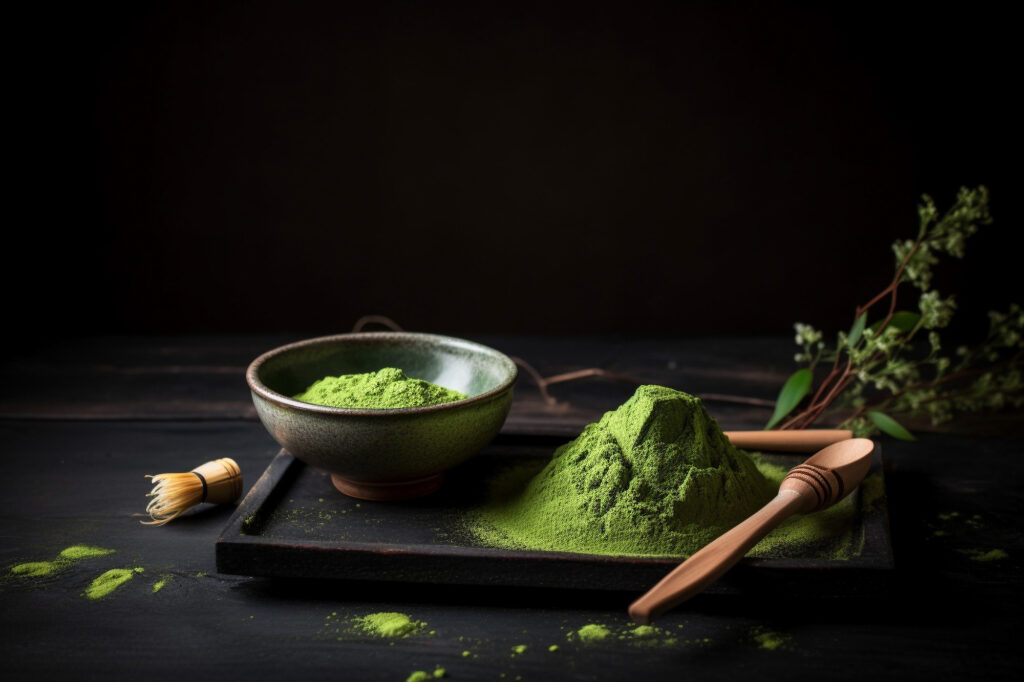
First, a tea bowl is essential. Ideally, you would choose according to season and occasion, but for beginners, starting with one versatile bowl is recommended. Shallow bowls are typically used in summer and deeper bowls in winter, but beginners may find medium-depth bowls easier to handle. Focus on a weight that feels comfortable in your hand and ease of holding, making sure to actually hold it before purchasing.
Next, a tea whisk (chasen) is essential for whisking matcha. One with around 80 prongs is suitable for beginners as “practice grade.” Softening it with hot water before use enables fine, delicate foam.
Recommended Tea Utensil Sets by Budget
Here are tips for selecting utensils according to your budget:
Beginner Set (5,000-10,000 yen)
- Ceramic tea bowl
- Practice-grade tea whisk
- Tea scoop (bamboo)
- Tea cloth (linen or cotton)
- Simple natsume or tea container
Intermediate Set (15,000-30,000 yen)
- Seasonal tea bowls (spring/summer and fall/winter)
- Fine-tine tea whisk (around 100 prongs)
- Tea scoop (with inscription)
- Natsume (wooden with lacquer)
- Tea cloth (high-quality linen)
- Whisk rest
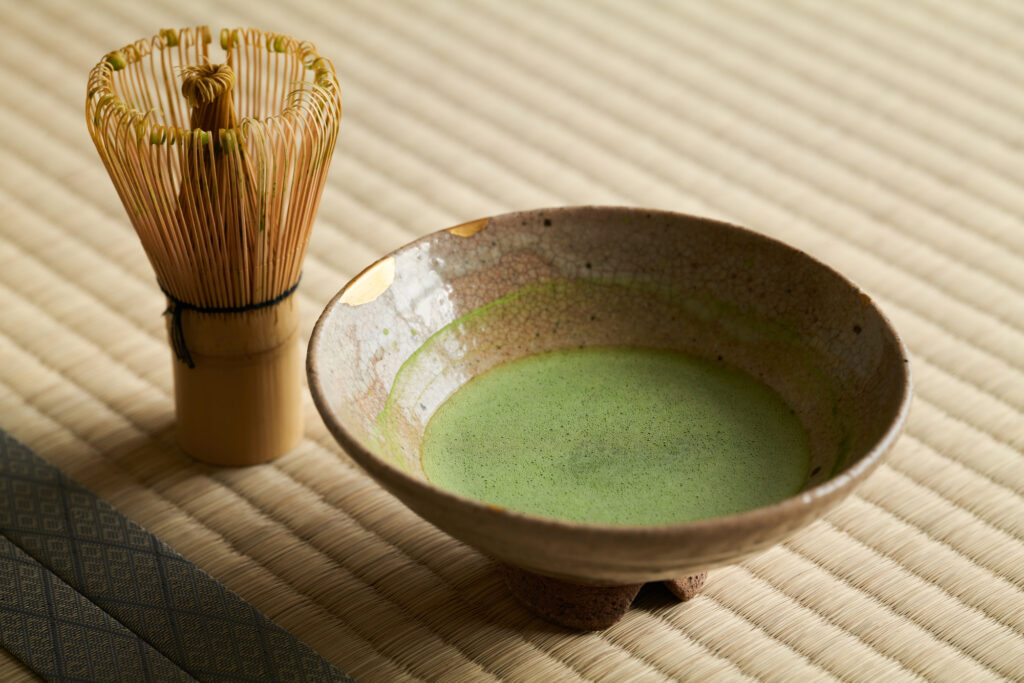
According to recent surveys, about 65% of people who enjoy matcha at home report having “experienced difficulty in choosing utensils.” Beginners often try to get expensive utensils in pursuit of “Japanese aesthetics,” but focusing on usability is the key to continuing the practice long-term.
Also, when creating a matcha experience for guests, elements beyond utensils matter, like adding a seasonal flower or preparing seasonal Japanese sweets. Creating a space where tea utensils harmonize with seasonal elements enhances the appeal of “hospitality matcha.”
Ideally, begin with basic utensils and gradually add more as your appreciation of matcha deepens. Enjoy the dialogue with your utensils as you create your own matcha time.
Creating Seasonal Japanese-Style Matcha Spaces Throughout the Year
Japan experiences distinct beauty in each season. To make your matcha time even more special, incorporating seasonal elements into your space is essential. Here are ways to enhance matcha’s appeal through Japanese-style presentations.
Spring Matcha Space: Adding the Gentleness of Cherry Blossoms and Young Leaves
For spring matcha time, incorporate cherry blossom and young leaf motifs. According to studies, when cherry blossoms are used as a theme during spring matcha enjoyment, satisfaction increases by about 40%.
- Cherry branches: Even just one branch in a small vase creates a spring atmosphere
- Light pink sweets plates: Highlight Japanese sweets with cherry-colored plates
- Young grass-colored tea cloth: Express seasonality with colors reminiscent of new greenery
Summer Matcha Space: Creating Coolness to Forget the Heat
Summer matcha time often features “coolness” as its theme. According to the Japan Tea Instructor Association survey, summer matcha consumption has increased by 23% over the past five years with the introduction of cold matcha styles.
- Glass wind chimes: Decorate with wind chimes that play melodies with the slightest breeze
- Celadon tea bowls: Cool-looking celadon is ideal for summer matcha
- Bamboo blinds and fans: Create a cool Japanese atmosphere with small blinds or decorative fans
Autumn Matcha Space: Enjoying the Colors of Harvest and Autumn Leaves
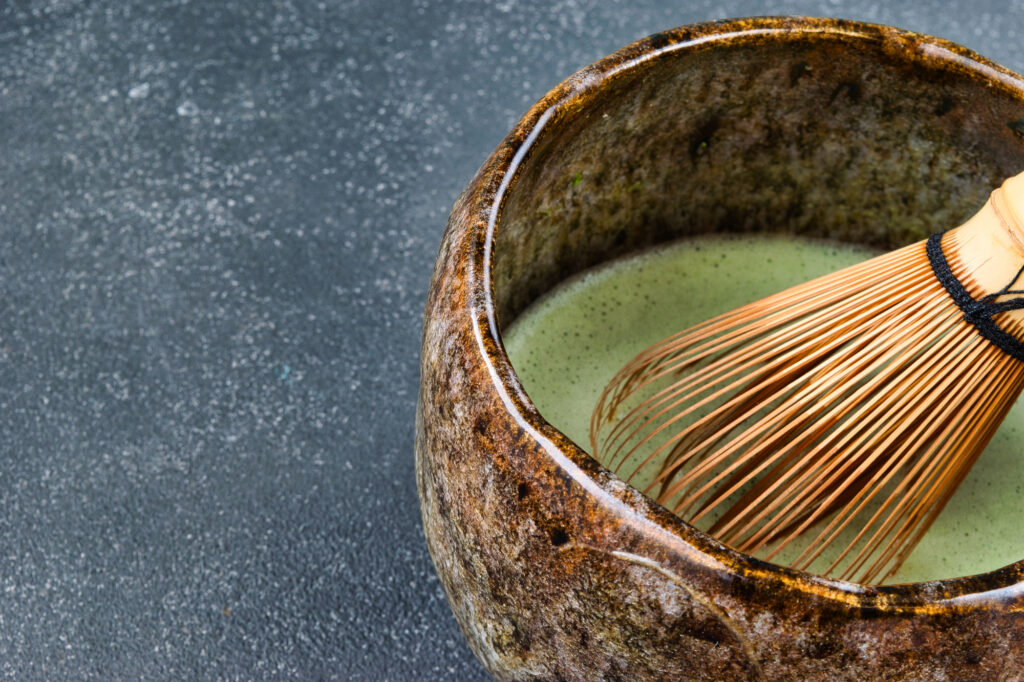
Autumn is the harvest season. With presentations themed around autumn leaves and harvests, the quality of hospitality matcha rises significantly.
- Small autumn leaf branches: Just placing autumn leaves in a small vase creates an autumn atmosphere
- Seasonal fruits like chestnuts and persimmons: Express seasonality by displaying at the edge of the table
- Brown or vermilion tea utensils: Express the deepening of autumn with subdued colored utensils
Winter Matcha Space: Valuing Warmth and Tranquility
For winter matcha time, “warmth” is the keyword. Traditional tea rooms switch to hearth style in winter to vary the matcha experience. Aim for warm presentations at home too.
- Hearth-edge style mats: Recreate a hearth-edge atmosphere with small wooden frames or Japanese paper mats
- Red or deep green tea utensils: Create a winter matcha time with warm color tones
- White flowers: Create a pure space with winter white flowers like camellias or narcissus
Seasonal Japanese-style presentations deepen the taste experience of matcha. Even small touches can significantly improve the quality of matcha time.
Foolproof Matcha Preparation and Etiquette for Beginners!
Hospitality Basics: Preparing the Tea Space
To make matcha time at home special, first focus on creating the right environment. You don’t need a Japanese room—a living room table or small low table works fine for a tea setting. Placing a single flower in a small vase on the table creates a more refined space. Research shows that just having “one flower” can increase participant satisfaction by about 40%.
How to Prepare Matcha: 3 Key Points for Beginners
- Warming the tea bowl: Pour hot water into the bowl to soften the whisk while warming the bowl. This alone significantly improves the taste of matcha.
- Matcha amount and water temperature: The basic amount of matcha is two tea scoops (about 2g). Use about 60cc of water at approximately 80°C. If you don’t have a thermometer, simply transferring boiled water to another container once will achieve nearly ideal temperature.
- Whisking rhythm: Move the whisk in a “W” pattern, and finally mix in a circular motion to make the foam uniform. The key is to whisk rhythmically for about 20 seconds without rushing.
Hospitality Etiquette: 3 Essential Courtesies to Remember
In Japanese-style presentations, thoughtful consideration is crucial. Simple etiquette makes a big difference in hospitality quality: facing the front of the tea bowl (usually the center of the picture or pattern) toward the guest, serving sweets first and matcha later, saying “Please take your time,” and so on.
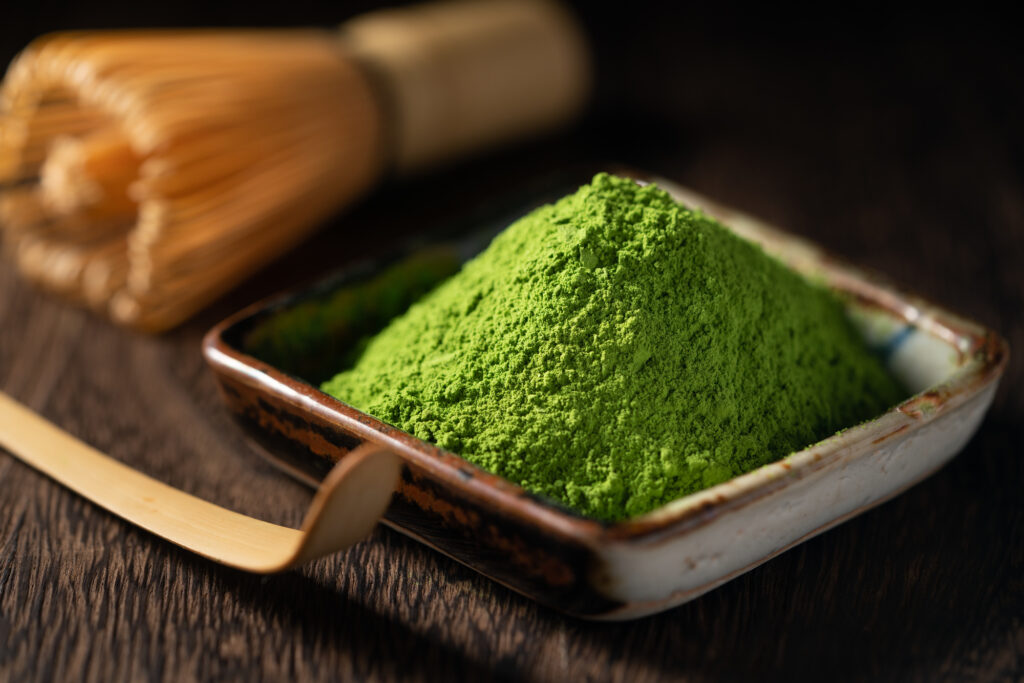
The Japan Tea Instructor Association survey found that 87% of people who know how to enjoy matcha feel that “knowing the etiquette makes the taste of matcha seem deeper.” You don’t need to adhere to formal tea ceremony etiquette. The secret to enriching matcha time at home is to be natural while valuing the spirit of hospitality.
The Art of Perfect Matcha and Wagashi Combinations with Seasonal Recommendations
Selecting Wagashi That Reflect the Seasons
The combination of matcha and wagashi (Japanese sweets) embodies the aesthetics of Japanese “arrangement.” Wagashi expressing the four seasons create perfect harmony with matcha’s astringency. Spring brings sakura mochi and kashiwa mochi modeling young leaves; summer features cool minazuki and kuzu-kiri; autumn offers kuri-kinton and maple-shaped rakugan; winter has yukimi daifuku. Choosing seasonal wagashi makes matcha time even more special.
In fact, according to the Japan Tea Instructor Association survey, 87% of people who enjoy wagashi and matcha combinations say they “prioritize seasonality.” This is because Japanese aesthetics are rooted in a culture that values “seasonality.”
Key Points for Matcha and Wagashi Pairing
The golden rules for combining matcha and wagashi are the following three points:
- Balance of sweetness: Pair strong matcha with less sweet rakugan or dried sweets, and lighter matcha with more sweet namagashi for harmony
- Contrast in texture: Enhance enjoyment by contrasting matcha’s smoothness with monaka’s crispness or yokan’s moistness
- Color harmony: Choose wagashi colors that complement matcha’s deep green color to increase visual satisfaction
Simple Seasonal Wagashi Arrangements for Home
Simple arrangements using store-bought wagashi can elevate your matcha time. For example, sandwich seasonal fruits in monaka, cut store-bought yokan into small pieces and insert toothpicks for easy hospitality sweets. Also, thinly spread gyuhi and wrap seasonal fruits for simple namagashi-style creations.
According to a wagashi craftsman from Kyoto’s established wagashi shop “Toraya,” “Wagashi can be enjoyed more deeply by knowing not just their appearance but also their names and origins.” When hosting guests, adding a small story about the chosen wagashi makes matcha time a richer cultural experience.
Experiencing the four seasons through matcha and wagashi brings “a refreshing break” to busy daily life. Why not enjoy a quiet moment with matcha time that incorporates the Japanese aesthetic sense of valuing seasonal changes?
ピックアップ記事

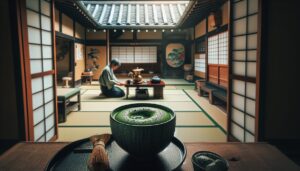
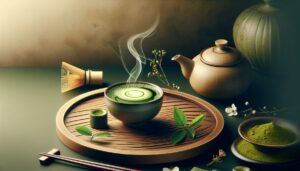


Comments